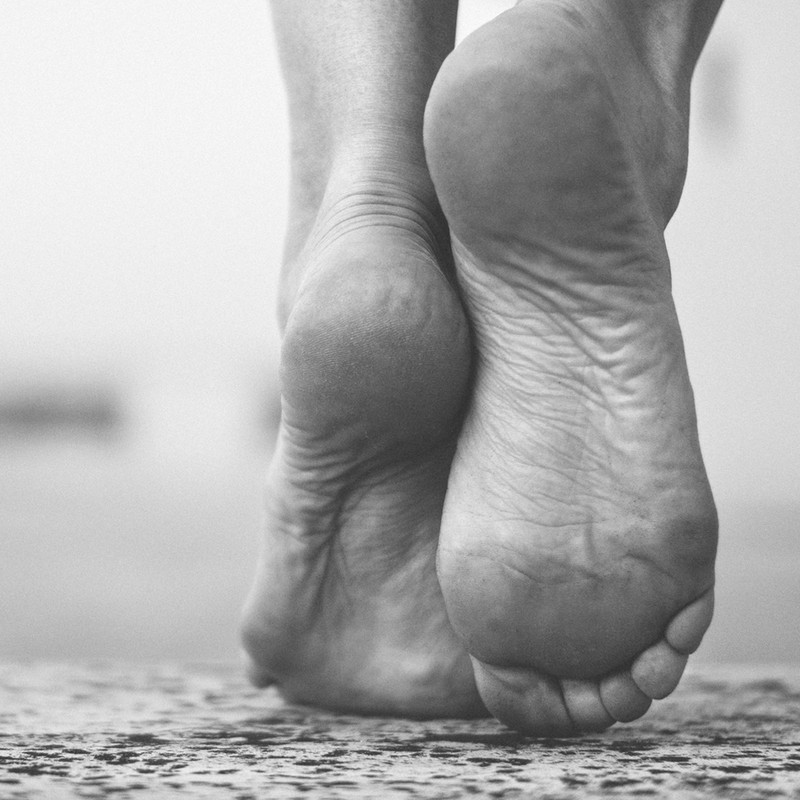
A Podiatrist’s Guide To Looking After Your Feet
Verrucas
What is it? “A verruca is a viral skin infection, which can appear anywhere on the foot,” says podiatrist Emma Price. “Verrucas are caused by the human papilloma virus (HPV). They can be single lesions or clusters, and it’s not uncommon to see black dots inside them.” Verrucae enter your skin via tiny abrasions or scratches before the virus enters your skin cells.
Who gets them? If you used to get verrucas when you were younger after a swim at the local pool, you weren’t alone. “Anyone who walks barefoot in communal public places is more susceptible to getting a verruca,” explains podiatrist Dina Gohil. Dina also says you’re more likely to get one if your immune system is low, explaining why children are more prone to getting them.
How to deal with one? If you head to the chemist, you’ll see the shelves are full of products claiming to banish verrucas, but not all were created equal. “Those that contain salicylic acid are the most effective,” says Dina. “For some people, over-the-counter products will work, while others will need to see a podiatrist to treat a verruca using cryotherapy or a combination of cryotherapy and salicylic acid needling.”
How long does it take to go away? Everyone is different. “Not all verrucae need treatment, and some people can live with them forever without pain,” says Emma. “They can come and go within a couple of months or may take many years to disappear.”
What’s not normal? A verruca is usually painful when you pinch it, says Emma, but if it’s causing you significant pain or embarrassment, you should speak to a podiatrist. “A verruca also shouldn’t weep, ooze or change appearance rapidly,” she says.
Athlete’s Foot
What is it? “Athlete’s foot is a fungal infection, which usually occurs between the fourth and fifth toes, but can occur between other toes, too,” says Dina. “The skin can be itchy, flaky or discoloured and often slightly white. It tends to develop when feet are damp or wet – fungi thrive in these moist environments, which can exacerbate athlete’s foot.” It can happen when the skin isn’t cleaned effectively, dried properly or has been in warm shoes for a long time.
Are some people more prone to getting it? If you’ve had it before, your chances of getting it again are higher, and if you have sweaty skin, you’re also more susceptible. “Some people’s skin chemistry and genetic make-up make for a better breeding ground for fungi, so it may well just be one of those things you are prone to,” says Emma.
How to deal with it? “Lamisil and Daktarin can be found easily and are effective treatments. If you are particularly active, consider using Clinisept+ Podiatry Cleansing Antimicrobial Foot Care to keep feet feeling fresh and odour-free,” Dina advises. Emma also recommends trying Canesten AF Dual Action Cream, which she says is one of the best anti-fungals on the market.
How long does it take to go away? “If your symptoms don’t start to settle within seven days, try a different product with a different active ingredient,” Emma says. “Usually, seven to 14 days is enough for a low to moderate skin infection to disappear.”
What’s not normal? If your symptoms aren’t calming down after trying a couple of different anti-fungal products, see a podiatrist or your GP. “If pain, redness or swelling get worse, this could be a sign of a secondary bacterial infection, which can be treated with antibiotics,” says Emma.
Ingrown Toenails
What are they? As the name suggests, ingrown toenails happen when a spike of nail pushes into the skin and causes it to break. This can cause inflammation, redness, soreness and pain on the corner of your toenails.
Can you treat them at home? Dina recommends soaking your feet in salt water for 10 to 15 minutes for a couple of days, which can help the soft tissue surrounding the ingrown toenail. “If you can see the part of the nail that’s causing the issue and it’s comfortable to do so, you can use a gentle nail file or nail clipper to remove this part of the nail,” she says. Don’t, however, be tempted to dig or cut down the side of your nail.
If you’re worried it’s infected, what can you do? Bathing in salt water is also recommended for an infection, says Emma. “Immerse your foot in cooled, boiled water mixed with a heaped teaspoon of table salt, which will keep the bacterial load around the nail at bay,” she says.
What’s not normal? If it’s getting worse, feels uncomfortable or you’re worried about it, leave it to a podiatrist. “If there is any redness or pain that isn’t calming down after a day or so, you should seek advice from an expert. Usually, the only option is to have a surgical procedure to remove a small sliver of nail on the affected side, which is normally a permanent solution,” says Emma.
Bunions
What are they? “Bunions are a bony formation on the side of the big toe,” says Dina. “They form when you get a medial deviation between the smaller joints that sit on your toe and the larger joint which is the first metatarsal head. When this occurs, a bunion forms, which is unfortunately irreversible.”
Who gets them? Bunions are genetic, so some people are more susceptible to getting them. Bunions can also be exacerbated by certain lifestyle factors, such as the shoes you wear or sporting activities.
If you don’t treat them, will they get worse? Over time, bunions can develop – podiatrists measure them on a scale with small bunions being ‘grade one’ and other more progressive types referred to as a ‘grade four’. Experts agree it depends on the individual. “To prevent your bunions from getting worse, wear the correct footwear and avoid any activities that you feel worsen the condition,” says Dina. “In very chronic cases, they do require surgery.”
Are there ways to treat them without surgery? “The short answer is no,” says Emma. “The shape of the bunion can only be altered by surgery. However, there are number of ways a podiatrist can help control your symptoms by advising on footwear, foot orthoses, offering pain relief and injections, taping, padding and offloading techniques.”
What products can help? If your bunions are causing you bother, Emma says gel padding sleeves that you put in your shoes can help. “Wearing the right shoes and insoles can also make the world of difference,” says Dina. “Your podiatrist can also suggest simple exercises which can help relieve stress within the joint and maintain flexibility.”
Corns & Calluses
What are they? “Calluses are essentially hard skin, whereas a corn is also a type of hard skin, but it’s embedded into the epidermis, rather than the superficial layers on top,” says Dina. Emma adds that corns are tiny focal pieces of skin that form a hard centre under very high pressure. “You can also get a type of corn in between your toes, which is referred to as a soft corn. These are caused by pressure or friction in between your toes.”
Who gets them? Anyone can get corns and calluses, but you’re more likely to get them if you wear poorly fitted shoes. They are also caused by pressure, so you’re more at risk if you’re on your feet all day. Smokers are also more likely to develop painful corns.
Are they always painful? Corns and calluses aren’t especially painful, but they can cause pain if left untreated. “Corns are usually deeper and are more painful than calluses, but the latter can quickly get painful if they build up,” says Emma.
Can you treat them at home? “The best thing you can do at home is to use a good foot file before your shower or bath and when dry, apply a urea-based foot cream such as Flexitol. Carnation Foot Foam is also brilliant in the summer as it isn’t oily when you’re wearing sandals,” Emma advises.
Need to see a professional? Here’s who to call…
Margaret Dabbs
With clinics in London and across the UK, Margaret Dabbs is renowned for her Medical Pedicure, which will restore even the most battered of feet to their former glory. Margaret and her team have seen it all and will deal with all manner of podiatry-related issues.
Visit MargaretDabbs.co.uk
Shuropody
The UK’s largest pool of expert podiatrists offers treatment for everything from bunions to detailed biomechanical assessments. With dozens of clinics across the UK and over 120 registered podiatrists, they’re one to keep on speed dial if you’re prone to pesky problems.
Visit Shuropody.com
Hatfield Podiatry Clinic at Ama, London
Resident podiatrist Juanita Hatfield is a member of the College of Podiatry and offers monthly sessions at this Brixton-based salon. Book in for an initial consultation to work out your treatment plan.
Visit AmaTheSalon.com
DG Podiatrist
Dina Gohil, aka The Foot Scraper, is the Pimple Popper of the foot world. Treatments are carried out in the luxe surroundings of 61 South Molton Street.
Visit DGPodiatrist.com
For more information visit PodiPedia.co.uk and DGPodiatrist.com
Shop our product edit...
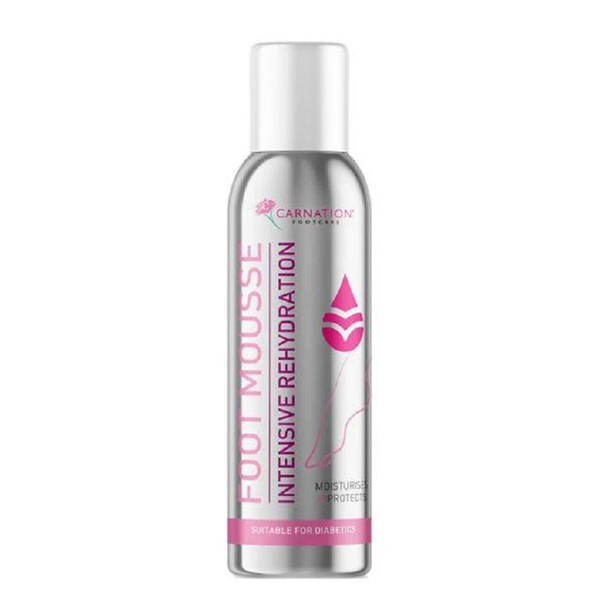
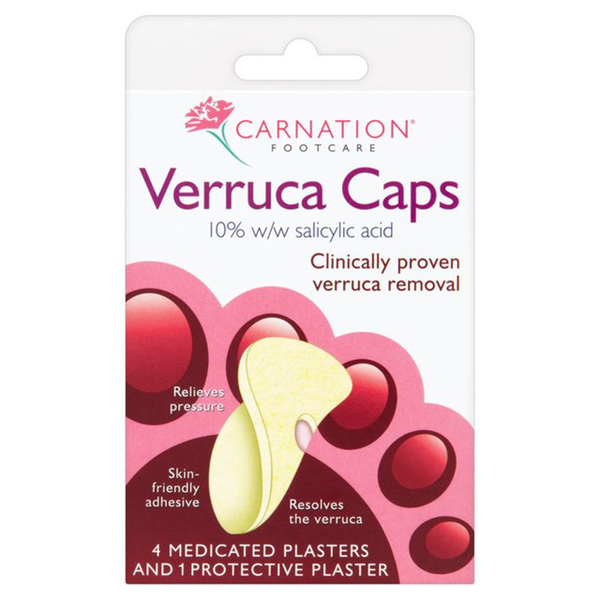
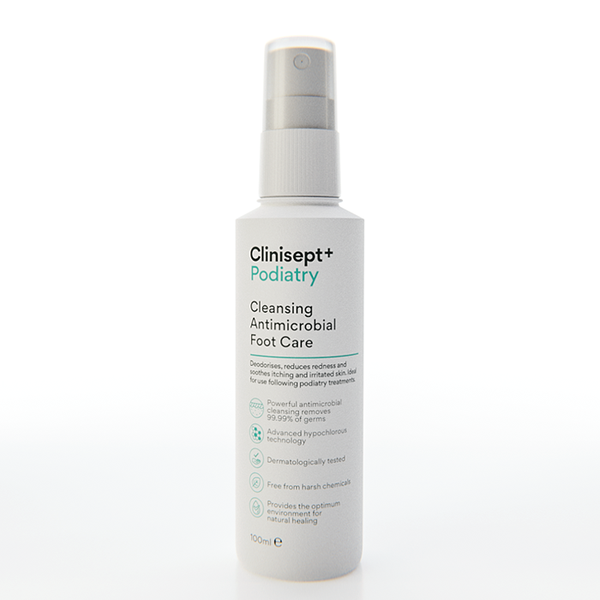

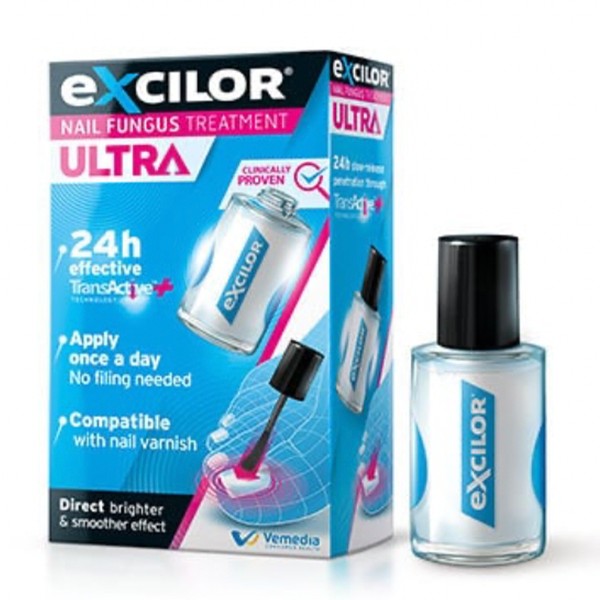

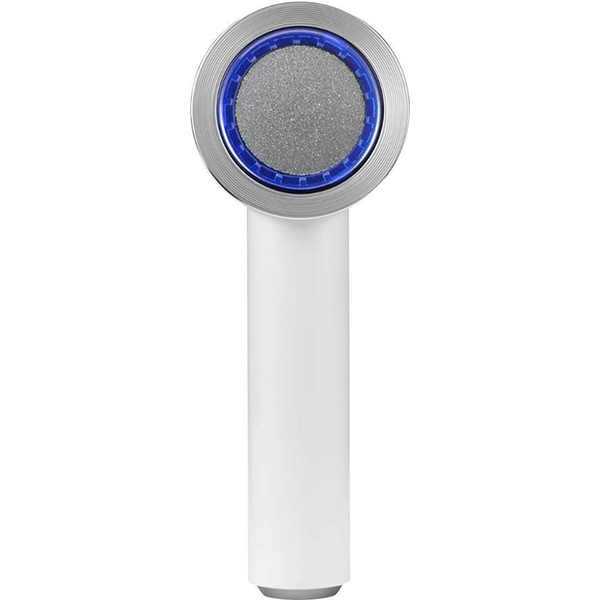
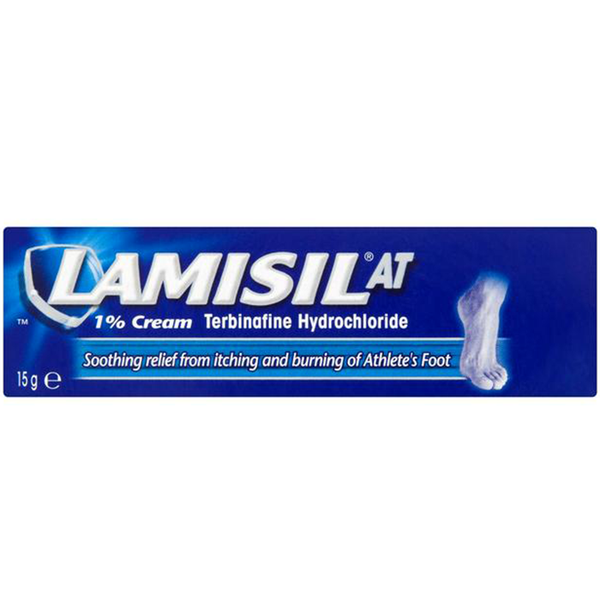
DISCLAIMER: Features published by SheerLuxe are not intended to treat, diagnose, cure or prevent any disease. Always seek the advice of your GP or another qualified healthcare provider for any questions you have regarding a medical condition, and before undertaking any diet, exercise or other health-related programme.
DISCLAIMER: We endeavour to always credit the correct original source of every image we use. If you think a credit may be incorrect, please contact us at info@sheerluxe.com.

